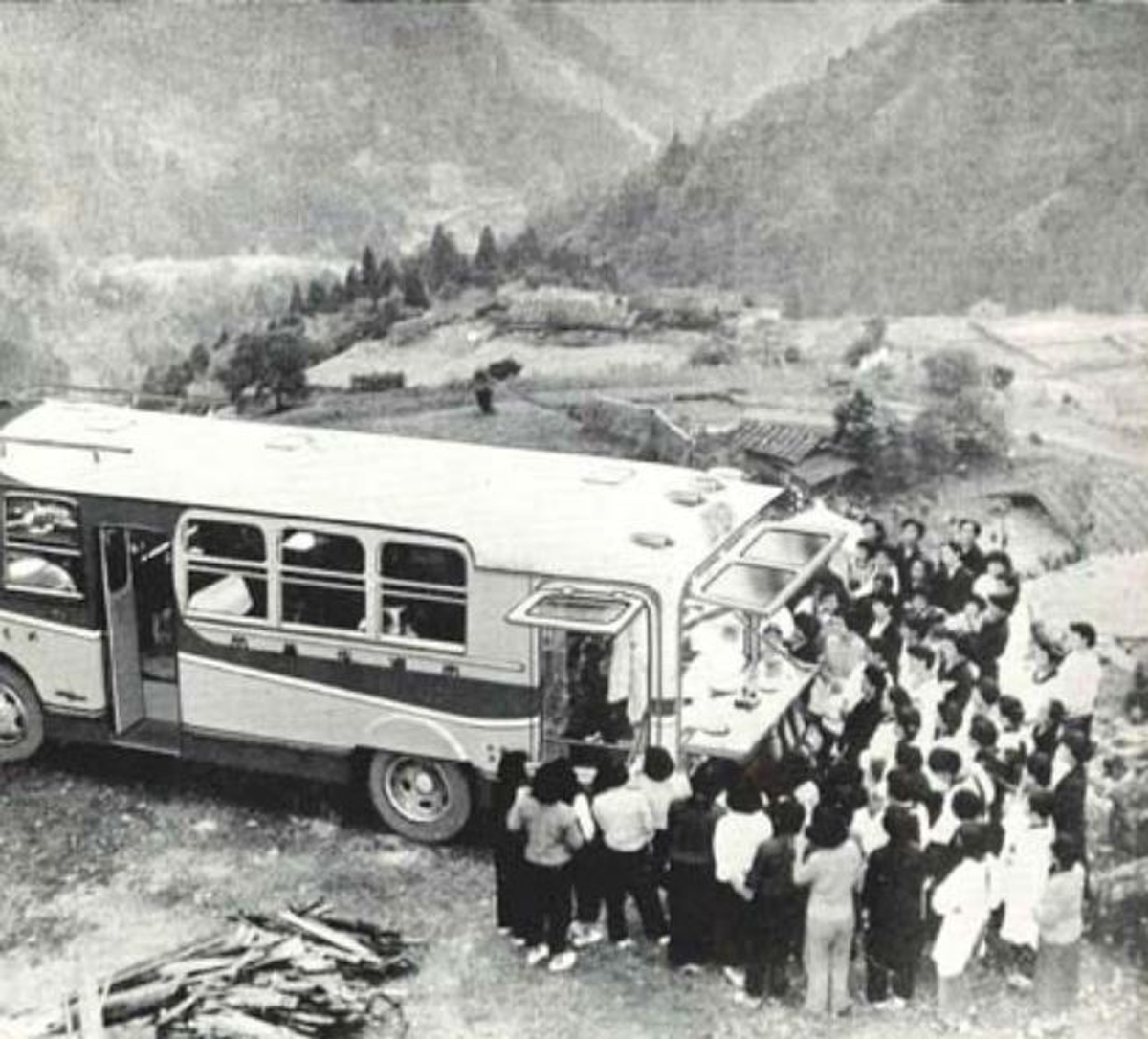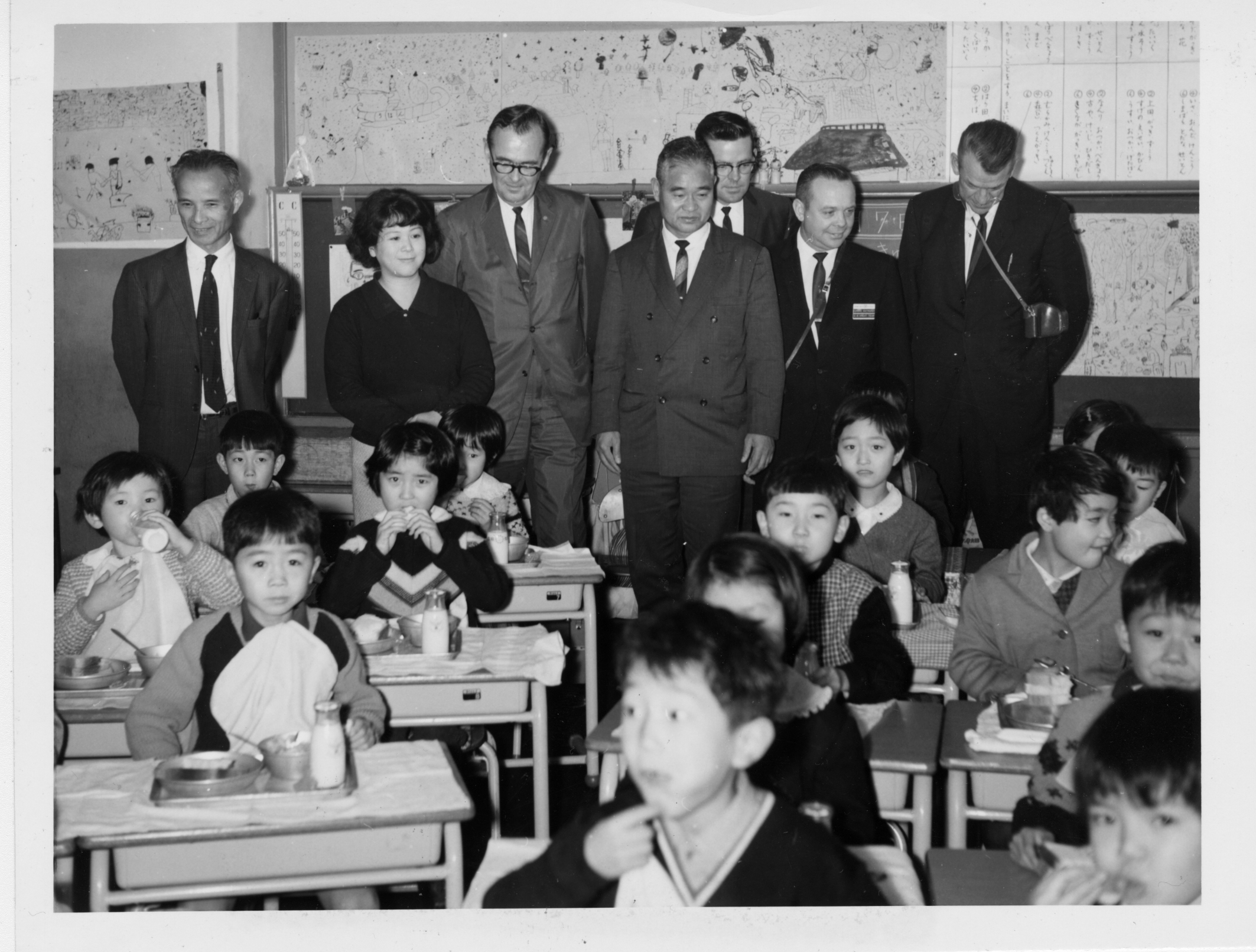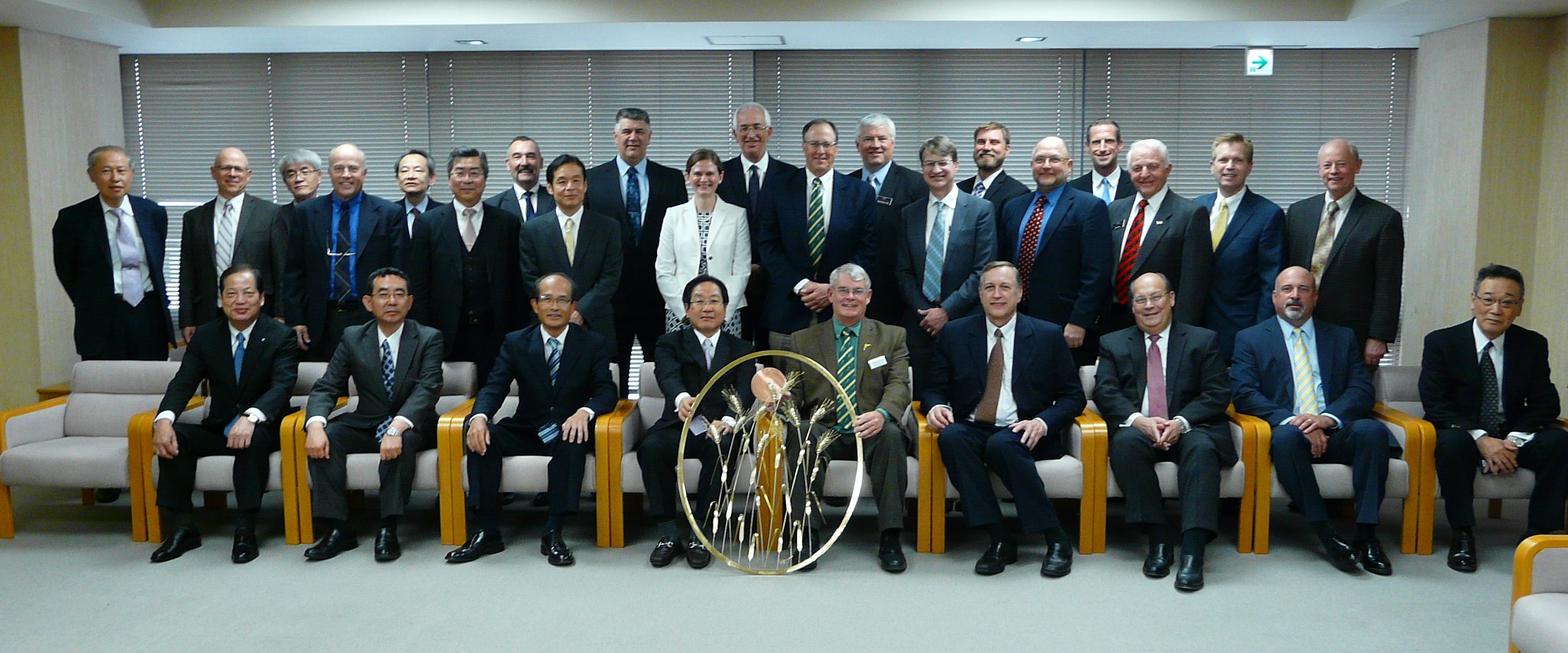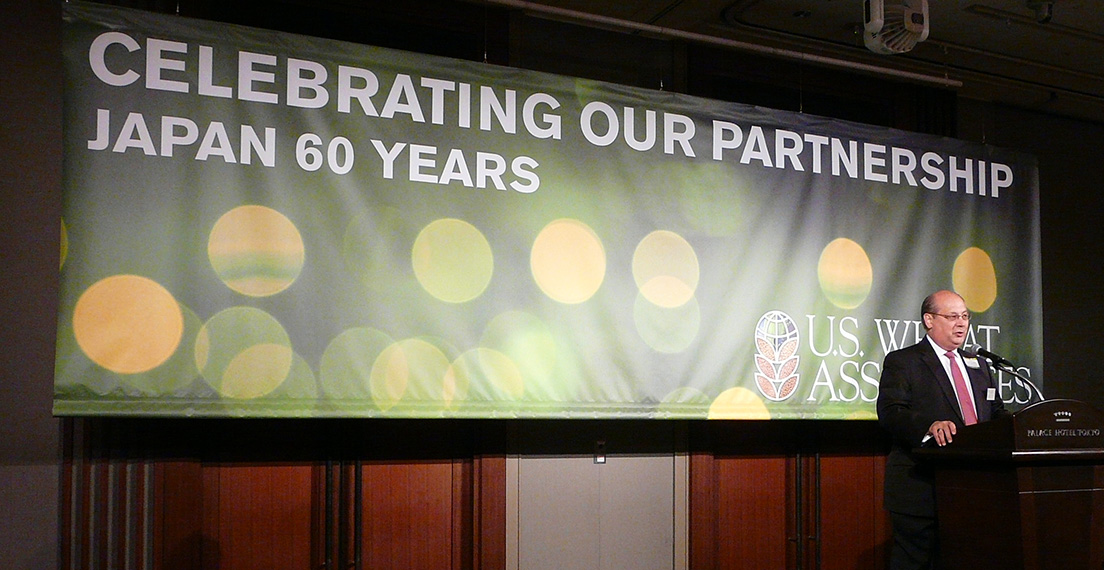There is renewed hope this week that the United States and Japan are making good progress toward a trade agreement that we hope will ensure U.S. wheat can continue competing with Canadian and Australian wheat based on quality, variety and value. Currently, under the Comprehensive and Progressive Trans-Pacific Partnership (CPTPP), Japan’s effective tariffs on Canadian and Australian wheat imports are discounted and will continue being discounted to the tariff on U.S. wheat imports. U.S. Wheat Associates (USW) has every confidence that our agricultural trade negotiators working with Japan fully understand the need to mitigate the risk to U.S. wheat farmers in an agreement. We thank them for their efforts.
As the talks move forward, USW thinks it is important to review the indelible link between the Japanese people and U.S. wheat producers. It began when the Oregon Wheat Growers League (OWGL) organized a trade delegation to investigate opportunities for expanding U.S. wheat sales to Japan in 1949. In 1956, with a vision to the future, OWGL opened an office in Tokyo to share information the wholesome goodness of wheat foods. The success of this endeavor helped encourage wheat farmer organizations in the state of Washington and Oregon to join OWGL in forming Western Wheat Associates (WWA), which merged with Great Plains Wheat in 1980 to become USW.
In the early years, USW’s legacy organization focused on acquainting the Japanese people with the nutritional value of wheat foods. Perhaps the most famous were “Kitchens on Wheels” traveling through rural Japan to promote wheat foods to Japanese consumers, conducted jointly by OWGL and the Japan Nutrition Association with financial assistance from USDA’s Foreign Agricultural Service (FAS), which has remained an essential partner with USW and our Japanese customers. Eventually, management of these programs transitioned to eight key prefectures. Another early program involved the introduction of bread to school lunch programs.


As market conditions changed, the wheat industry’s Tokyo office contracted with the Japan Institute of Baking to conduct functional and quality testing offering proof that flour products milled from U.S. hard red spring and hard red winter wheat classes could compete with Canadian spring wheat. Those early efforts continued to expand and change as Japan’s milling and baking industries advanced in sophistication and automation to set global standards of cleanliness, uniformity and variety of products for consumers.
Working to Increase Confidence. For example, Japanese flour mills and their customers demand very high standards of cleanliness and uniformity in addition to the variety of wheat classes to make the wide range of flour products for hundreds of different wheat food products — and U.S. wheat producers consistently meet those standards. Recognizing that our customers in Japan needed the confidence they could contract for and receive wheat of the highest quality, USW took action. Managers worked closely with the Ministry of Agriculture, Fisheries, and Forestry (MAFF), Japan’s grain trade and flour millers to refine specifications in tenders for U.S. wheat. At the same time, USW and its state wheat commission members worked with the U.S. grain trade to respond to these specifications. Partly as a result, Pacific Northwest export elevators changed their processes to improve segregation and installed cleaners. That commitment to reliability and customer service combined with the high quality and end-use performance is why Japanese flour mills prefer and choose to source 50 percent of their annual needs – almost 3 million metric tons per year on average – of wheat from the United States.

Over the years, a strong trust had grown between U.S. wheat farmers, state wheat commissions, USW, MAFF, millers and bakers, as well as the Japanese grain trade and their quality assurance partners. USW and the farmers we represent take this opportunity to renew our commitment to producing the highest quality, highest value wheat for our customers in Japan and around the world.


